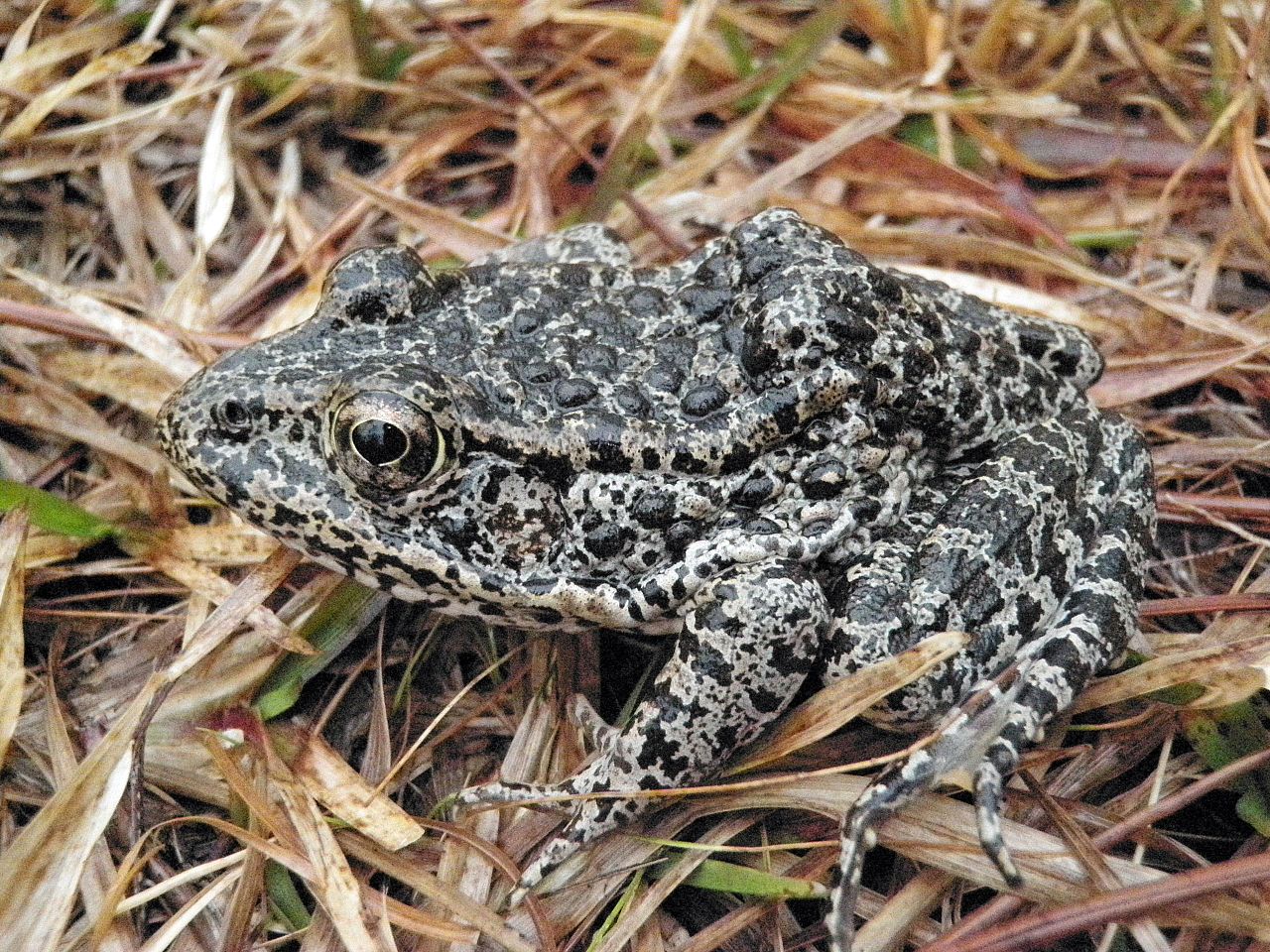This week the U.S. Supreme Court put its finger on the essential problem of the nearly 50 year old Endangered Species Act, 16 U.S.C. 1531 – What is endangered species habitat?
The question is important. Unbeknownst to those who do not pour through the Federal Register daily, millions of acres of private lands are designated critical habitat under the ESA, meaning that it cannot be used in certain ways without permits, authorizations, mitigation and species removal and management. The Competitive Enterprise Institute, using the United States Fish and Wildlife ECOS database, estimates that there are 250 million acres of designated critical habitat in the United States, and over 60,000 river miles.
For landowners in St. Tammany Parish, Louisiana, the question of what is ‘habitat’ under the ESA is a $ 20-34 million dollar question. In Weyerhaeuser Corporation v. U.S. Fish and Wildlife Service (Nov. 27, 2018), the Service had argued that it could designate habitat as ‘critical habitat,’ for the “dusky gopher frog” Rana sevosa, even if the frog was not present in the habitat. The Service argued, unconvincingly, that the ESA permitted designation of areas as ‘critical habitat’ even where some degree of modification is required to support a sustainable population of a given species. The primary dispute involved a 1,500 acre parcel in St. Tammany Parish, Louisiana. Rana sevosa requires an open canopy forested area, not found in the 1,500 acre parcel, with ephemeral ponds of which five were present in the 1,500 acre area. Rana sevosa had not been detected in the 1,500 acre area since 1965. Economic studies estimated that inability to obtain permits for use of the land would result in $20 – $34 million in lost land values.
The Supreme Court questioned listing of 1,500 acres of unsuitable habitat as ‘critical habitat,’ holding “only the ‘habitat’ of the endangered species is eligible for designation as critical habitat.” Under the ESA, critical habitat “identifies only certain areas that are indispensable to the conservation of the endangered species. The definition allows the Secretary to identify the subset of habitat that is critical, but leaves the larger category of habitat undefined.” Habitat may include areas where the species does not currently live or ‘unoccupied’ areas, but must otherwise constitute suitable habitat.
The Court took issue with the 5th Circuit Court of Appeals holding that “[t]here is no habitability requirement in the text of the ESA or the implementing regulations” and remanded to the 5th Circuit to determine whether the 1,500 acre area was, or was not, suitable habitat for the Rana sevosa.
The Court also found the Service’s determinations regarding economic impact of the critical habitat designation as arbitrary and capricious. The Service contended that the ESA, by using the term ‘may,’ was intended to provide the Service with discretion as to whether economic impact should exclude designation of an area as critical habitat. The 5th Circuit agreed with the Service, and further failed to consider and rule on the question of whether the Service’s assessment of the costs and benefits was arbitrary, capricious, an abuse of discretion, or otherwise not in accordance with law under the Federal Administrative Procedures Act.
The Supreme Court disagreed, holding that the word ‘may’ in the ESA critical habitat listing provisions require the Service to make a determination regarding economic effect, and that the Service’s determination is reviewable under the APA. Since the 5th Circuit required no determination, the issue was remanded.
Following Weyerhaeuser, the Service cannot list areas which would require modification to be suitable for a species as critical habitat. The Service’s expansive view that areas that ‘could be’ modified can be critical habitat was specifically rejected. Areas where protected species are absent will require greater scrutiny in ESA listings, with a burden on the Service to include administrative record evidence of suitability of habitat for the species.
For additional information contact Craig Manson (916) 844-4979 or Dave Moore (404) 245-5421.




